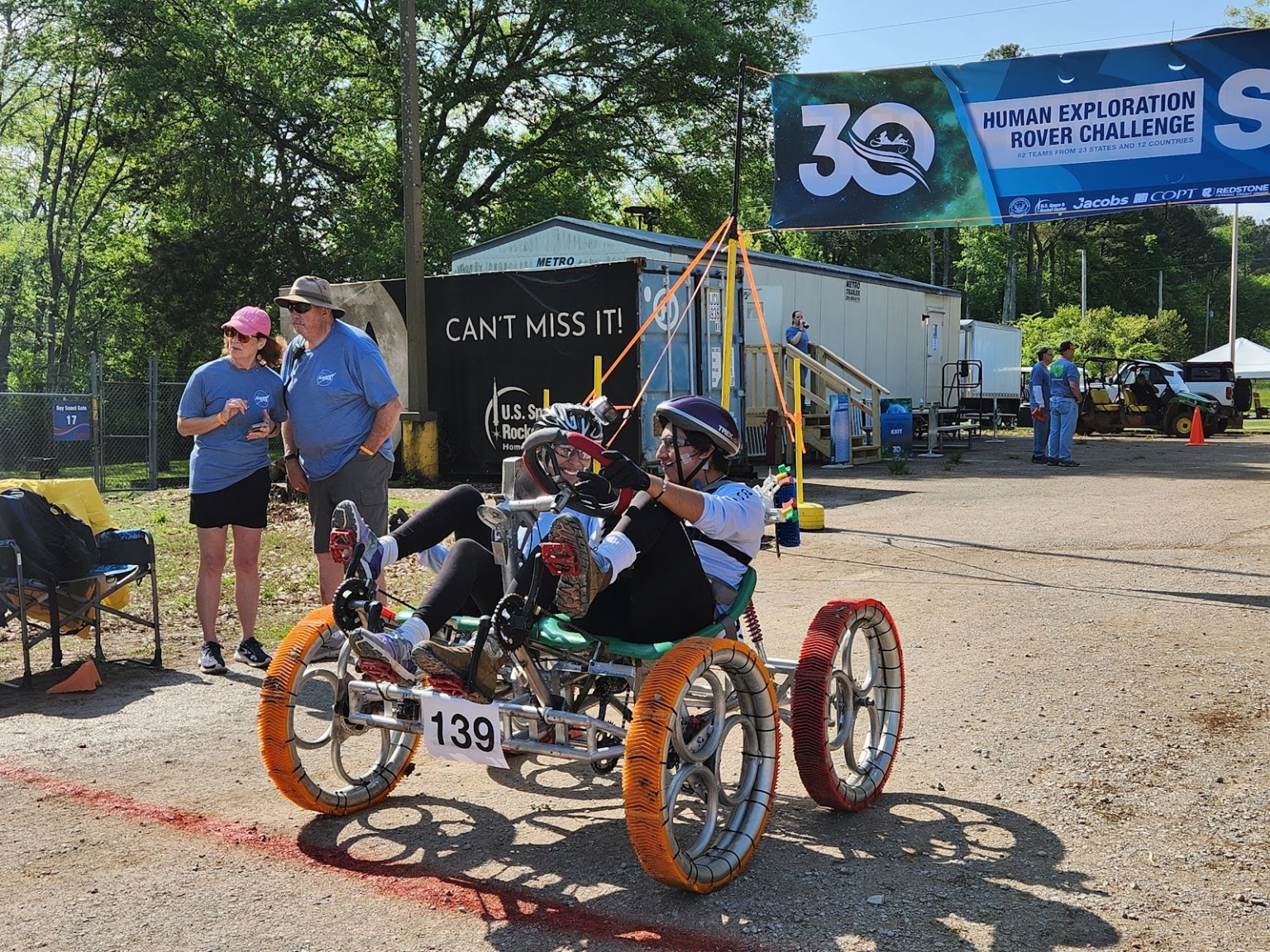
NASA Announces 30th Human Exploration Rover Challenge Winners
NASA announced the winners of the 30th Human Exploration Rover Challenge (HERC) April 22, with Parish Episcopal School, from Dallas, winning first place in the high school division, and the University of Alabama in Huntsville,capturing the college/university title.
The annual engineering competition - one of NASA's longest standing challenges - held its concluding event April 19 and April 20, at the U.S. Space & Rocket Center in Huntsville, near NASA's Marshall Space Flight Center. The complete list of 2024 award winners is provided below:
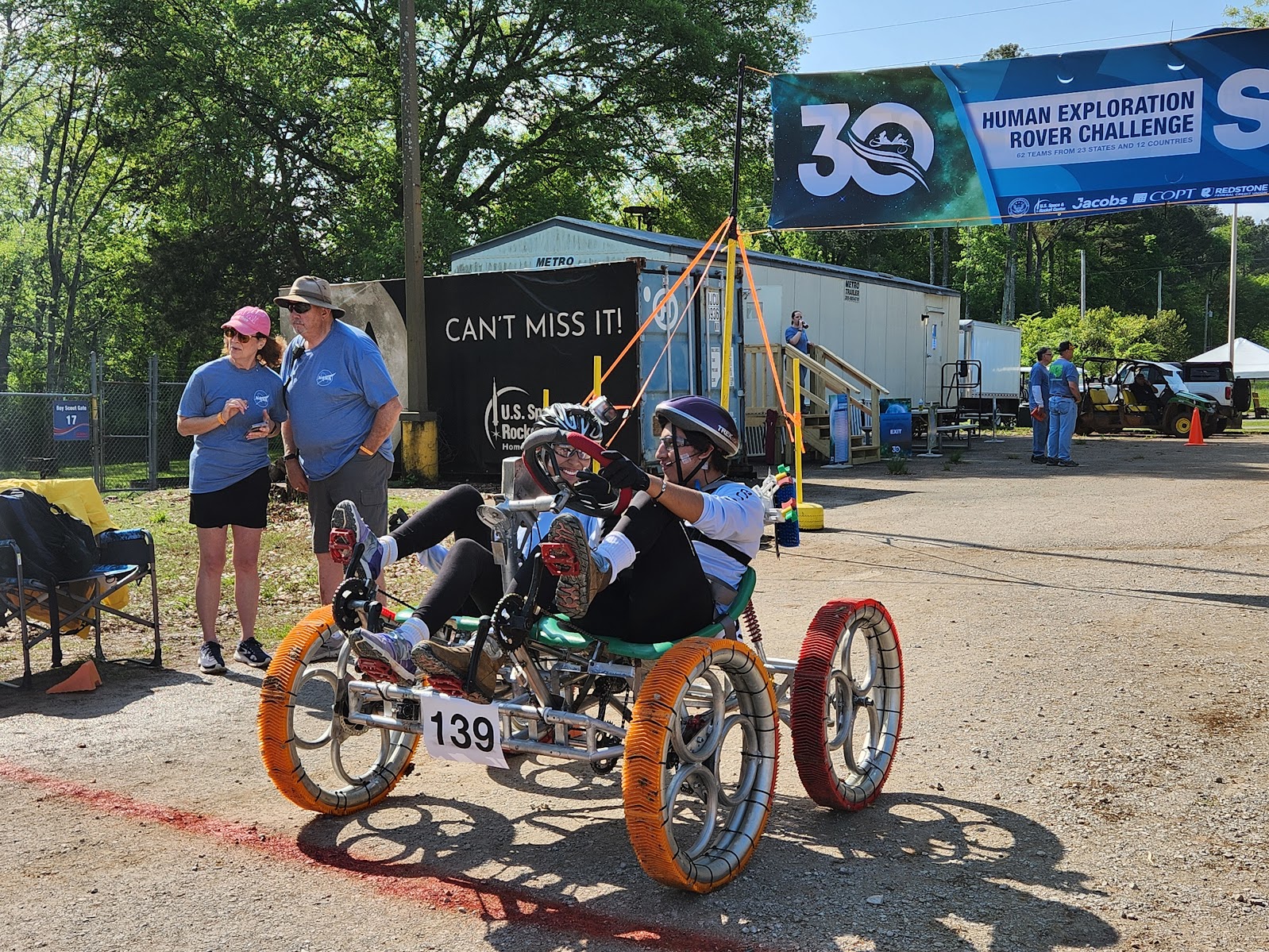
High School Division
- First Place: Parish Episcopal School, Dallas
- Second Place: Academy of Arts, Careers and Technology, Reno, Nevada
- Third Place: Escambia High School, Pensacola, Florida
College/University Division
- First Place: University of Alabama in Huntsville
- Second Place: Instituto Tecnológico de Santo Domingo, Dominican Republic
- Third Place: Campbell University, Buies Creek, North Carolina
Ingenuity Award
- University of West Florida, Pensacola, Florida
Phoenix Award
- High School Division: East Central High School, Moss Point, Mississippi
- College/University Division: North Dakota State University, Fargo, North Dakota
Task Challenge Award
- High School Division: Erie High School, Erie, Colorado
- College/University Division: South Dakota School of Mines and Technology, Rapid City, South Dakota
Project Review Award
- High School Division: Parish Episcopal School, Dallas
- College/University Division: University of Alabama in Huntsville
Featherweight Award
- Rhode Island School of Design, Providence, Rhode Island
Safety Award
- High School Division: NPS International School, Singapore
- College/University Division: Instituto Especializado de Estudios Superiores Loyola, San Cristobal, Dominican Republic
Crash and Burn Award
- KIET Group of Institutions, Delhi-NCR, India
Jeff Norris and Joe Sexton Memorial Pit Crew Award
- High School Division: Erie High School, Erie, Colorado
- College/University Division: Campbell University, Buies Creek, North Carolina
Team Spirit Award
- Instituto Tecnológico de Santo Domingo, Dominican Republic
Most Improved Performance Award
- High School Division: Jesco von Puttkamer School, Leipzig, Germany
- College/University Division: Universidad Católica Boliviana - San Pablo, La Paz, Bolivia
Social Media Award
- High School Division: Bledsoe County High School, Pikeville, Tennessee
- College/University Division: Universidad de Piura, Peru
STEM Engagement Award
- High School Division: Princess Margaret Secondary School, Surrey, British Columbia
- College/University Division: Trine University, Angola, Indiana
Artemis Educator Award
- Sadif Safarov from Istanbul Technical University, Turkey
Rookie of the Year
- Kanakia International School, Mumbai, India
More than 600 students with 72 teams from around the world participated as HERC celebrated its 30th anniversary as a NASA competition. Participating teams represented 42 colleges and universities and 30 high schools from 24 states, the District of Columbia, Puerto Rico, and 13 other nations from around the world. Teams were awarded points based on navigating a half-mile obstacle course, conducting mission-specific task challenges, and completing multiple safety and design reviews with NASA engineers.
"This student design challenge encourages the next generation of scientists and engineers to engage in the design process by providing innovative concepts and unique perspectives," said Vemitra Alexander, HERC activity lead for NASA's Office of STEM Engagement at Marshall. "While celebrating the 30th anniversary of the challenge, HERC also continues NASA's legacy of providing valuable experiences to students who may be responsible for planning future space missions including crewed missions to other worlds."
HERC is one of NASA's eight Artemis Student Challenges reflecting the goals of the Artemis program, which seeks to land the first woman and first person of color on the Moon while establishing a long-term presence for science and exploration. NASA uses such challenges to encourage students to pursue degrees and careers in the fields of science, technology, engineering, and mathematics.
HERC is managed by NASA's Southeast Regional Office of STEM Engagement at Marshall. Since its inception in 1994, more than 15,000 students have participated in HERC - with many former students now working at NASA, or within the aerospace industry. Watch a video recap of the competition.
Watch a video recap of the competition.
Take 5 with Julie Clift Edstrom
By Wayne Smith
From helping coordinate NASA speaking requests for the total solar eclipse to supporting Student Launch and the Human Exploration Rover Challenge, April has been a busy month for Julie Clift Edstrom. But those activities have also served as a powerful reminder of why she loves her role at the agency's Marshall Space Flight Center.
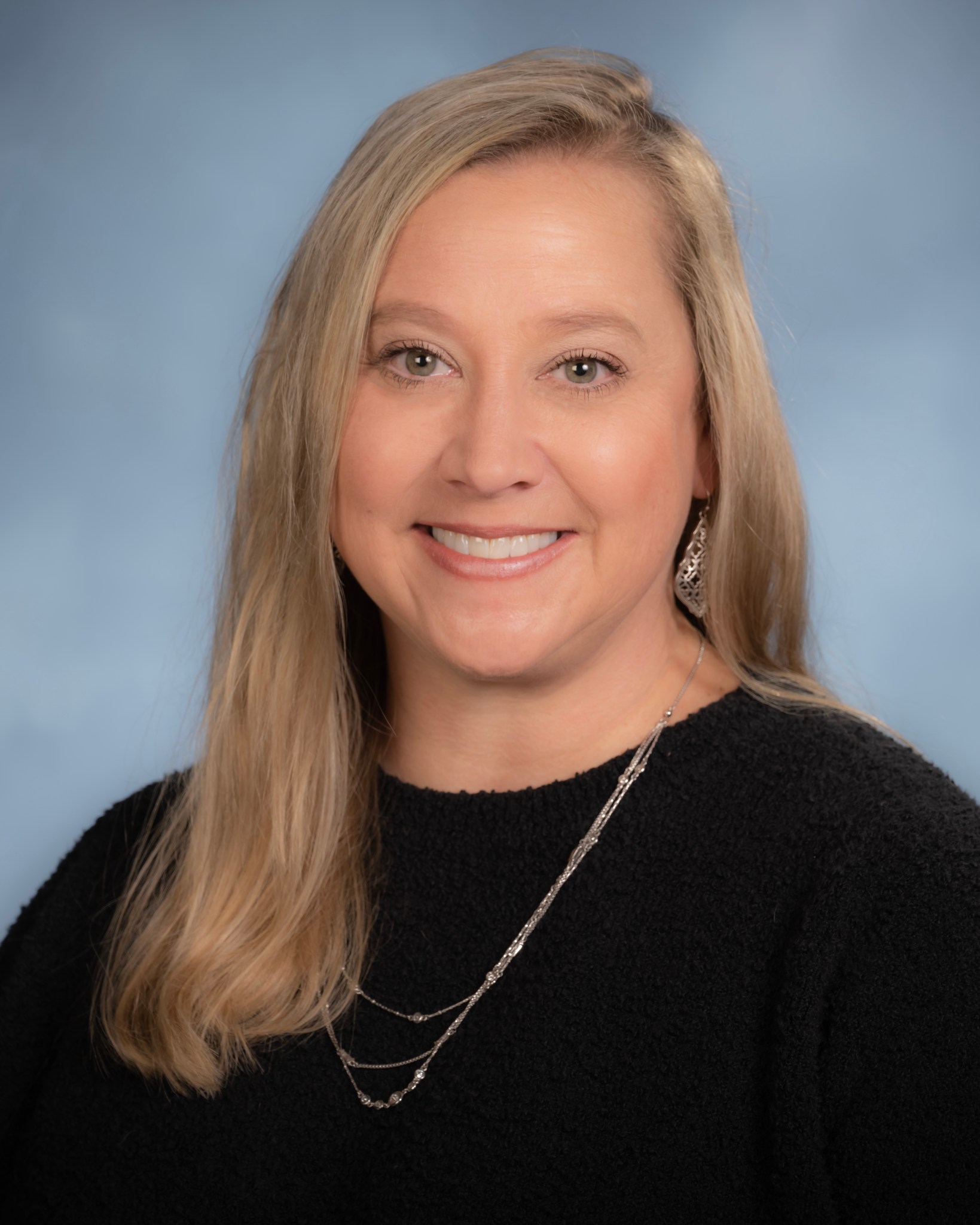
Edstrom is an education specialist supporting Next Gen STEM and Space Grant in NASA's Southeast Regional Office of STEM Engagement at Marshall, where she leads the Artemis Student Challenges for middle school, high school, and college students. NASA's Office of STEM Engagement uses challenges and competitions to further the agency's goal of encouraging students to pursue degrees and careers in science, technology, engineering, and mathematics. There are eight Artemis Student Challenges, which include BIG Idea, Lunabotics, First Nations Launch, SUITS, Micro-g NExT, App Development Challenge, Human Exploration Rover Challenge, and Student Launch.
Edstrom managed the Student Launch competition for 10 years and points to that experience as the proudest of her career, particularly the awards ceremony for the 2015 event Marshall hosted at the U.S. Space & Rocket Center in Huntsville.
"I remember it vividly and it still brings tears to my eyes when I think about it," said Edstrom, who is from Huntsville. "It was my final year of managing the activity, all the awards had been given, and it was my task to provide closing remarks. As I stood at the podium looking at approximately a thousand people, I was overwhelmed with emotion at the impact this activity had made on so many lives. These students, educators, and mentors had traveled from all over the U.S., had worked so hard, and accomplished so much, and here I stood with the privilege of being able to lead such an activity. How grateful I am to have had that opportunity!"
She also leads a new platform, NASA Engages, an online tool to connect agency experts to community engagements such as the April 8 total solar eclipse event in Russellville, Arkansas. The NASA Engages tool is composed of agency civil servants and contractors who share NASA missions and content at educational, professional, civic, and other public venues.
Question: What excites you most about the future of human space exploration, or your NASA work, and your team's role in it?
Edstrom: Our job in the Office of STEM Engagement is directly tied to the future of human space exploration through leading the next generation into our workforce. I can't tell you the number of students I've worked with who are "wow'd" by NASA, have participated in one of our challenges, and/or that I've hired through the Pathways program who are now working among us and making a daily impact on space exploration. It's fun to watch their growth and journey.
Question: Who or what drives/motivates you?
Edstrom: There's certainly a theme here, but it is easy to forget when we are sitting at a computer or participating in meetings. I've supported NASA for 21 years thus far, seven as a contractor and 14 as a co-op turned civil servant. My role has been primarily in the areas of education and human resources. The people I serve drives my motivation. Whether it's helping someone set up their profile in NASA Engages, talking to students about opportunities, or conducting classroom demonstrations, my goal is and has always been to help others achieve their desires. In my newest position, I've been able to watch the NASA Engages tool reach close to 19,000 people in less than four months, many of them students.
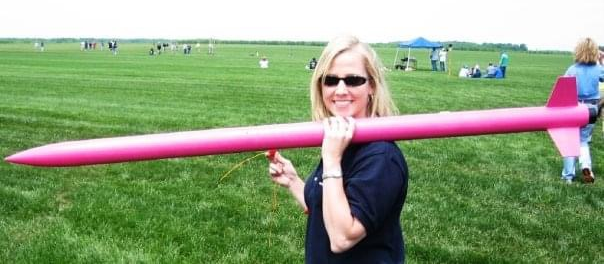
Question: Who or what inspired you to pursue an education/career that led you to NASA and Marshall?
Edstrom: I ask this question of our NASA experts in NASA Engages and I always share my story as well. When I was infifth grade, I despised those timed multiplication quizzes where you needed to answer 100 questions in one minute. I was horrible at it and remember making a 30 on one test. In sixth grade, Mrs. Kathleen Williams changed that path for me. Later in high school, my art teacher, Mrs. Melissa Hughey, suggested I become a teacher. Therefore, I was a fifth grade math teacher for six years before coming to NASA and am proud to say at least one of my former students works at Marshall.
Question: What advice do you have for employees early in their NASA career or those in new leadership roles?
Edstrom: The biggest piece of advice is to build and maintain relationships. Secondly, stay curious and eager to learn, broaden your skills whenever possible, and find ways to give of your time even when it's not required. Finally, try to make someone's day a little better. It could be simple eye contact and a smile.
Question: What do you enjoy doing with your time while away from work?
Edstrom: I absolutely love seeing the world. Most of the time, I see it from a cruise ship! I also just got married for the first time three years ago, so spending time with my family is definitely important to me.
Smith, a Media Fusion employee and the Marshall Star editor, supports the Marshall Office of Communications.
Student Launch Challenge Highlighted on 'This Week at NASA'
NASA's 2024 Student Launch challenge brought students from colleges, universities, high schools, middle schools, and informal education groups to launch amateur rockets and payloads April 13 near NASA's Marshall Space Flight Center. The challenge is featured in "This Week @ NASA," a weekly video program broadcast on NASA-TV and posted online.
Student Launch provides relevant, cost-effective research and development of rocket propulsion systems and reflects the goals of NASA's Artemis campaign, which seeks to put the first woman and first person of color on the Moon.
Winners of the student launch will be announced June 7 during a virtual awards ceremony once all teams' flight data has been verified.
Marshall's Office of STEM Engagement hosts Student Launch to encourage students to pursue careers in STEM through real-world experiences. Student Launch is a part of the agency's Artemis Student Challenges - a variety of activities exposing students to the knowledge and technology required to achieve the goals of the Artemis missions.
View this and previous episodes at "This Week @NASA" on NASA's YouTube page.
Marshall Research Scientist Enables Large-Scale Open Science
By Jessica Barnett
Most people use tools at work, whether it's a hammer, a pencil, or a computer. Very few seek a doctorate degree in creating new tools for the job.
Using that degree to make it easier for people around the world to access and use the vast amounts of data gathered by NASA? Well, that might just be unheard of if you didn't know someone like Rahul Ramachandran, a senior research scientist in the Earth Science branch at NASA's Marshall Space Flight Center.
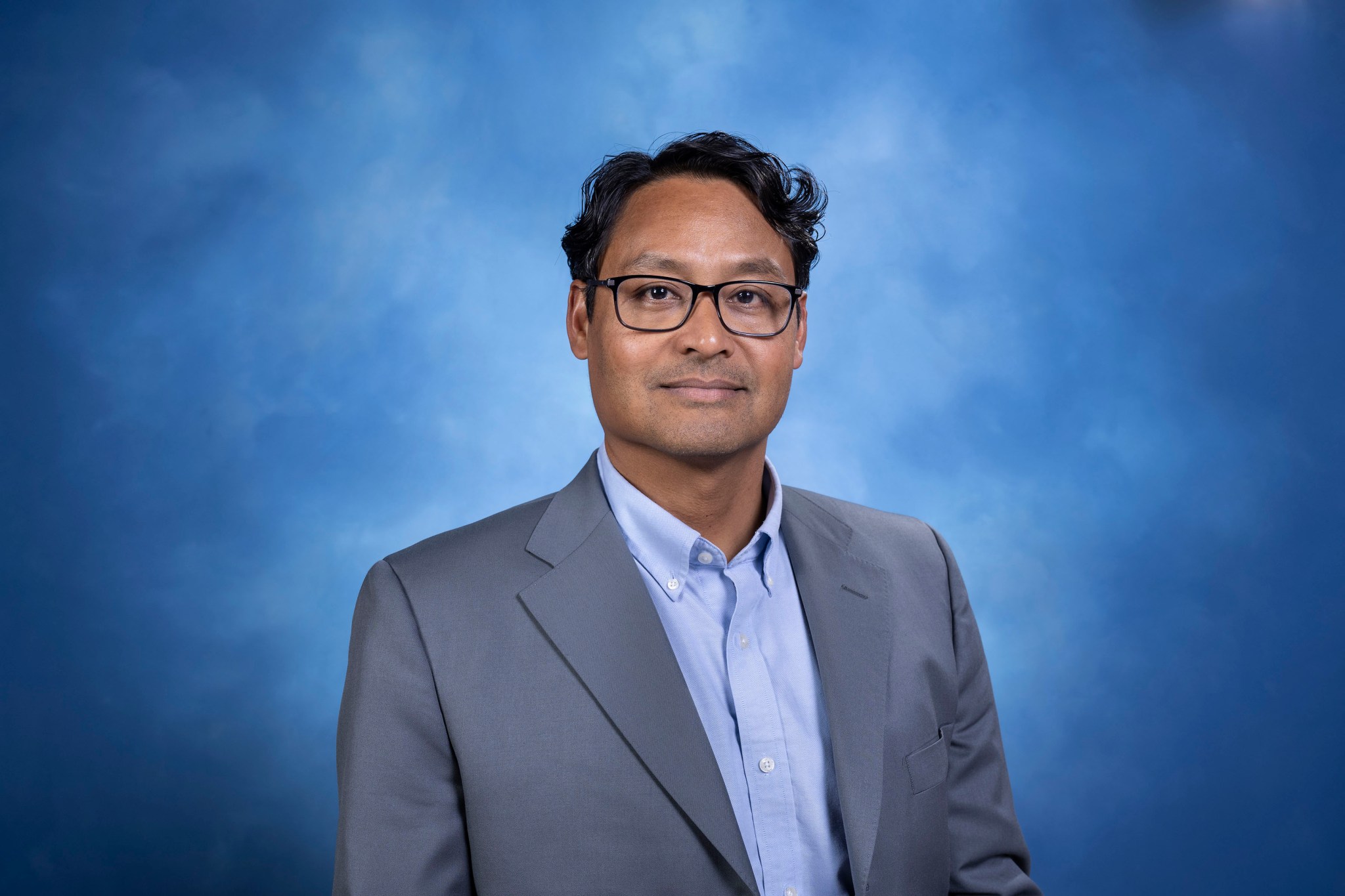
"My undergrad was in mechanical engineering. I wanted to do industrial engineering, so I came to the U.S. for that, but I didn't like the field that much," Ramachandran explained. "It was by chance somebody suggested meteorology."






